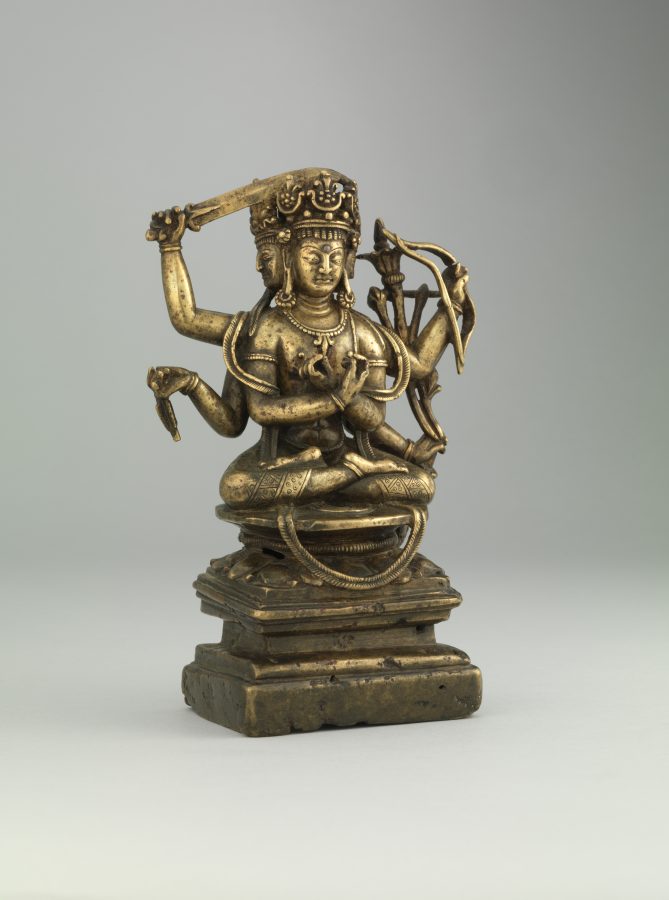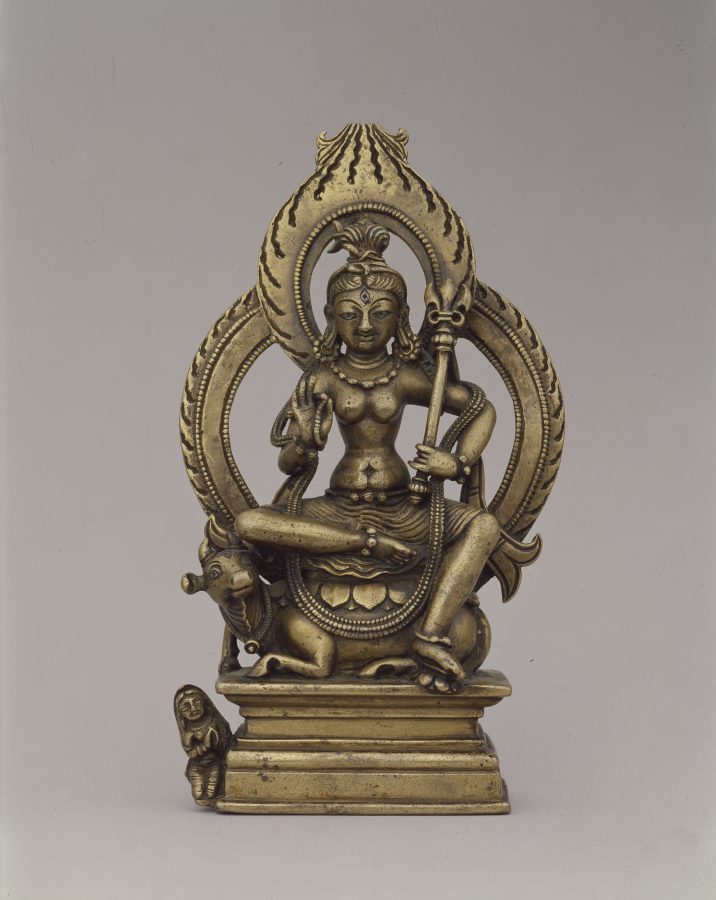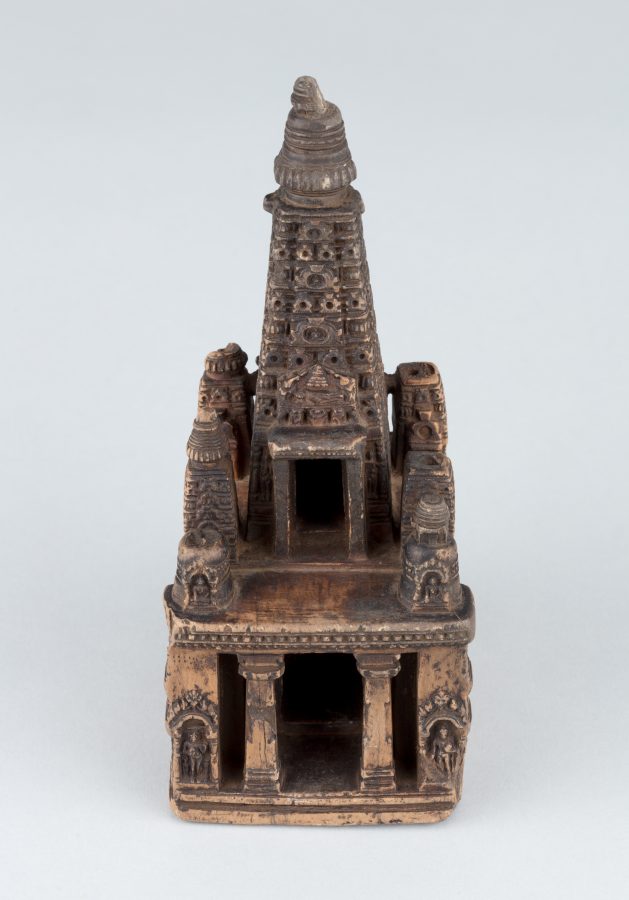Tibetan Buddhism originated in texts and practices adopted from northern India. Northeastern India, immediately to the south of Tibet, is the birthplace of Buddhism and home to the main pilgrimage sites celebrating the Buddha’s life.


Tibetan Buddhism originated in texts and practices adopted from northern India. Northeastern India, immediately to the south of Tibet, is the birthplace of Buddhism and home to the main pilgrimage sites celebrating the Buddha’s life.
This region and Kashmir to the northwest were major artistic centers, and the work produced there was well known and collected in Tibet. Broadly speaking, Tibetan art inherited its proportions and much of its symbolism from Indian precedents.
This section displays objects from northeastern India and Kashmir. Tibetans have retrospectively categorized their art based on visual models from these two areas. Tibetan art following the traditions of northeastern India is called the Eastern Indian Style (Sharri or Shar luk). Tibetan art modeled on the traditions of Kashmir and the Western Himalayas is called the Artistic Tradition of Kashmir (Kache luk).
Select each work to learn more.






Get the latest news and stories from the Rubin, plus occasional information on how to support our work.